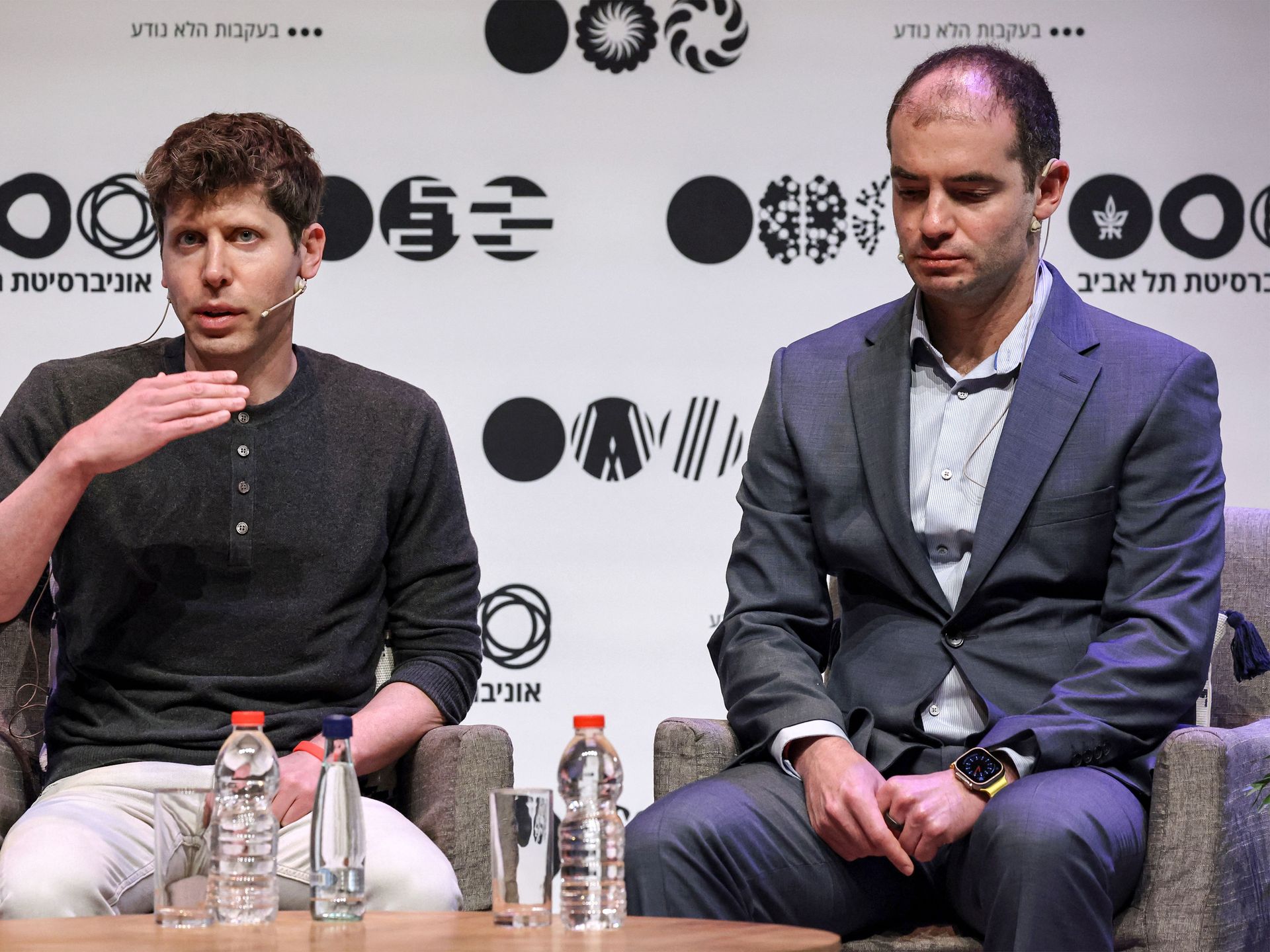In the realm of emerging technologies, audio deepfakes have captured attention, not only for their potential to deceive but also for the untapped opportunities they present. In recent discourse surrounding the topic, concerns about fraudulent activities and misinformation have dominated headlines. However, amidst these apprehensions lies a nuanced narrative—one that highlights the bright side of audio deepfakes. Despite their controversial nature, these synthetic voices offer a glimpse into a future where innovation intersects with positive societal impacts.
Unveiling the positive potential of audio deepfakes
In the age of digital interconnectedness, safeguarding personal privacy has become increasingly paramount. Here, audio deepfakes emerge as a surprising ally. Nauman Dawalatabad, a distinguished postdoctoral researcher, underscores the pivotal role of this technology in preserving privacy, particularly within sensitive contexts such as medical interviews. By altering voices in recordings, audio deepfakes offer a shield against the inadvertent disclosure of personal information, facilitating unimpeded medical research while upholding individual privacy rights.
Also, Dawalatabad’s research illuminates the transformative potential of audio deepfakes in healthcare. Through advanced AI algorithms, conditions like dementia can be discerned from speech patterns, paving the way for early detection and intervention. Such applications not only underscore the constructive potential of audio deepfakes but also underscore their significance in augmenting healthcare delivery.
Mitigating risks and cultivating innovation
Amidst apprehensions surrounding the misuse of audio deepfakes, concerted efforts are underway to confront these challenges head-on. Spear-phishing attacks, fueled by the proliferation of fake audio messages, pose a tangible threat to cybersecurity. Nevertheless, researchers are diligently devising strategies to detect and counteract these fraudulent endeavors. By leveraging AI-driven algorithms, unnatural speech patterns indicative of deepfake manipulation can be identified, empowering users to distinguish between authentic and fabricated audio content.
Innovative approaches such as the integration of specialized watermarks offer an additional layer of protection, ensuring the integrity of audio recordings. Beyond fortifying defenses against malicious exploitation, audio deepfake technology serves as a catalyst for innovation across diverse domains. From amplifying creative endeavors in entertainment to revolutionizing educational methodologies, its potential for positive disruption remains unparalleled.
Future trajectories in audio deepfake technology
As we stand at the intersection of AI and audio technology, the trajectory ahead brims with promise and possibility. The fusion of psychoacoustics with AI capabilities holds the key to unlocking immersive sensory experiences, heralding a new era of virtual and augmented reality. The burgeoning landscape of audio deepfakes signifies a paradigm shift in how we engage with sound, transcending conventional boundaries to forge new frontiers of exploration. With each stride in AI advancement, the horizon expands, offering a tantalizing glimpse into a future where the symphony of innovation resonates across healthcare, entertainment, and education alike.
In the evolving discourse surrounding audio deepfakes, it is imperative to adopt a holistic perspective—one that acknowledges both the risks and rewards inherent in this technology. While concerns about deception and misinformation persist, the transformative potential of audio deepfakes in safeguarding privacy and fostering innovation cannot be understated. As stakeholders navigate this complex terrain, one question looms large: How can society harness the positive attributes of audio deepfakes while mitigating their inherent risks?





